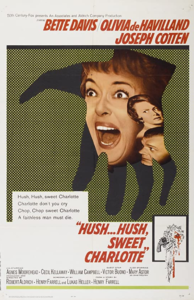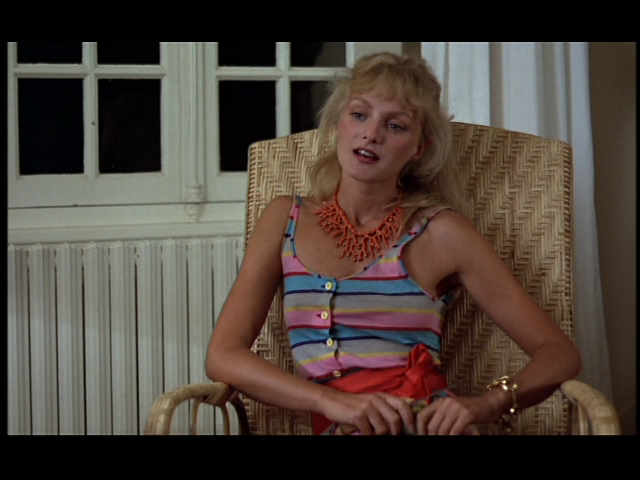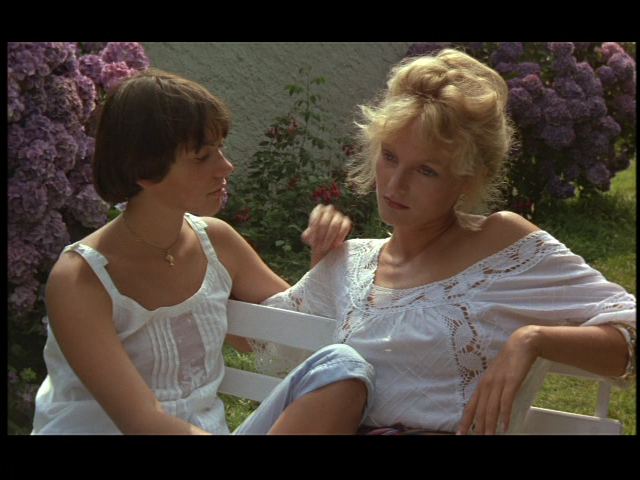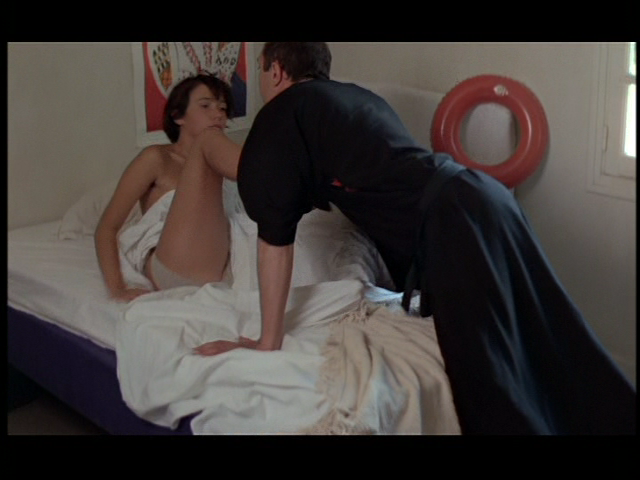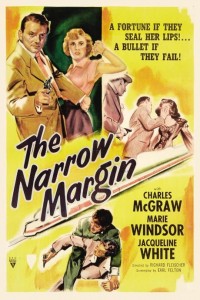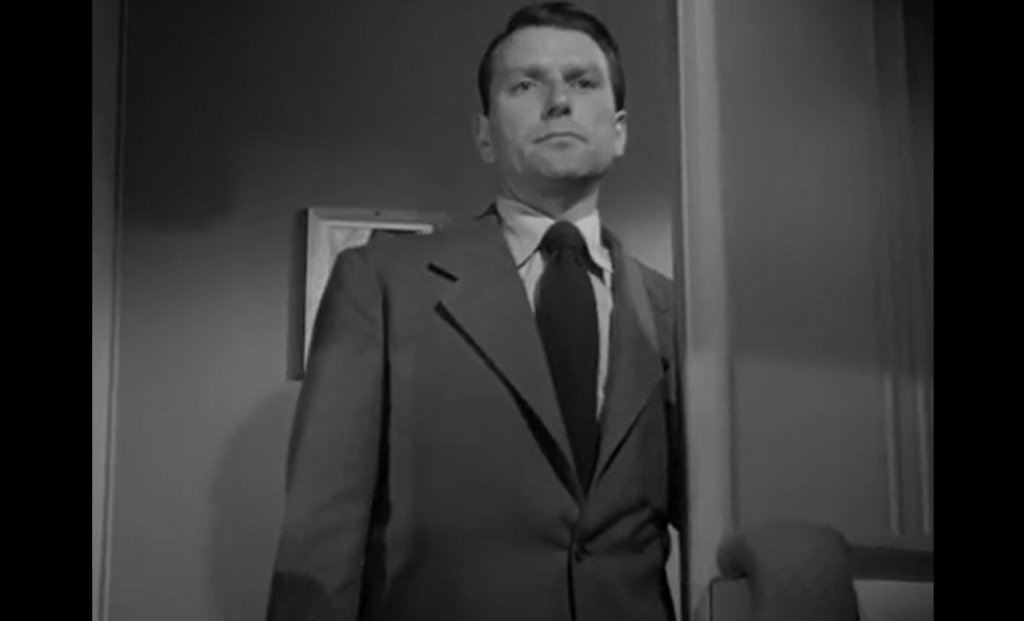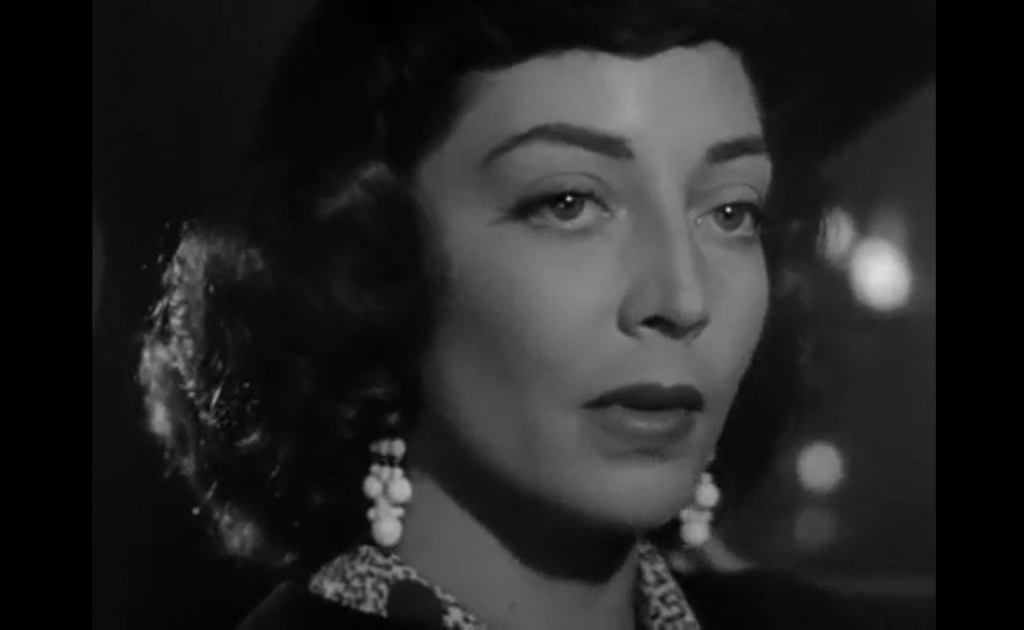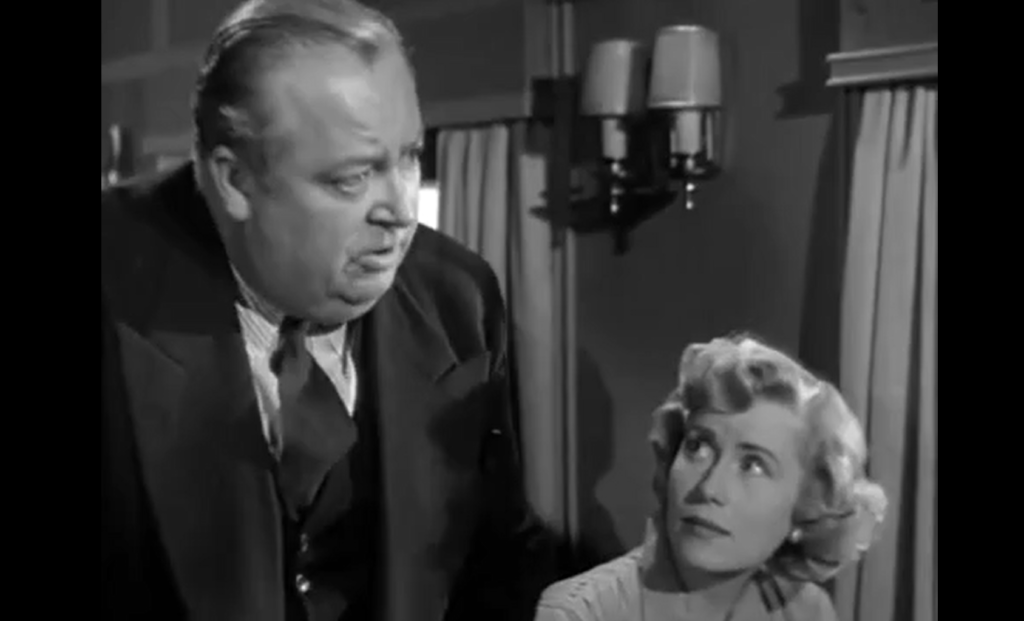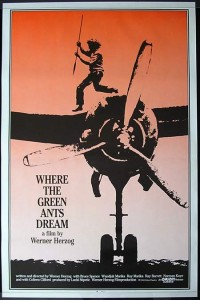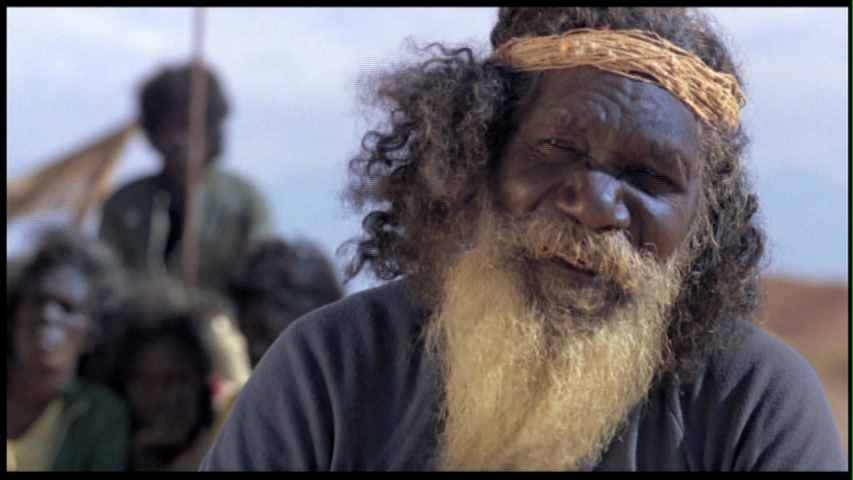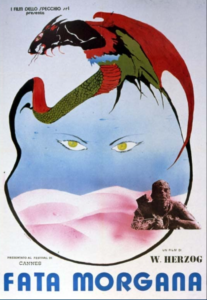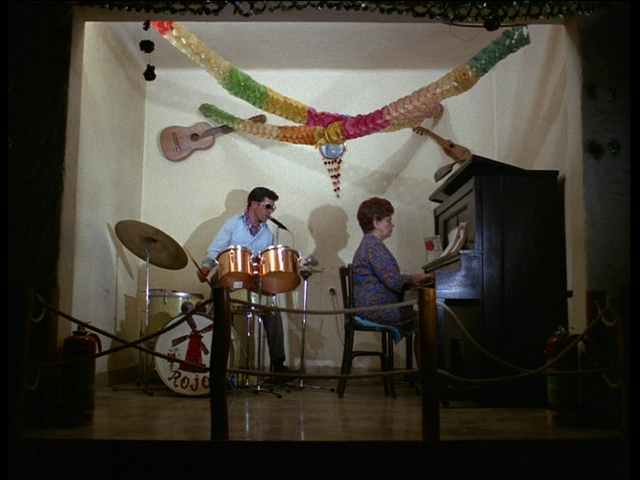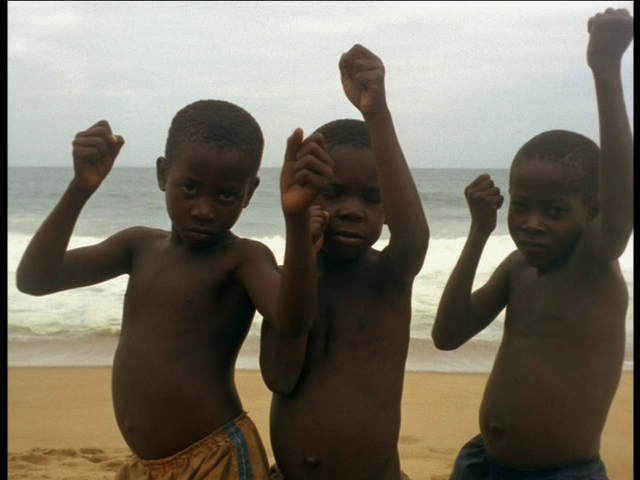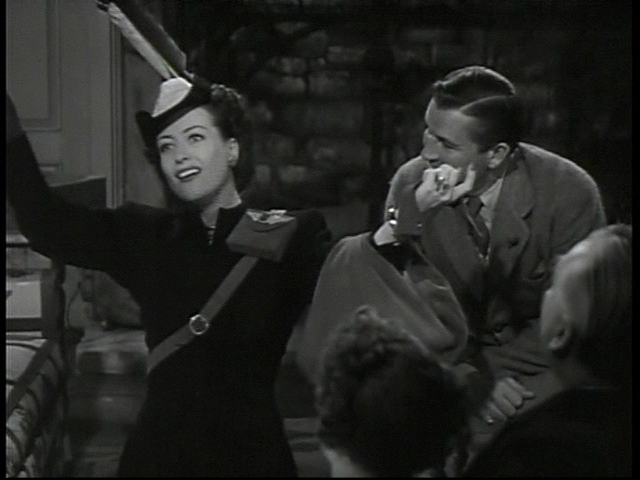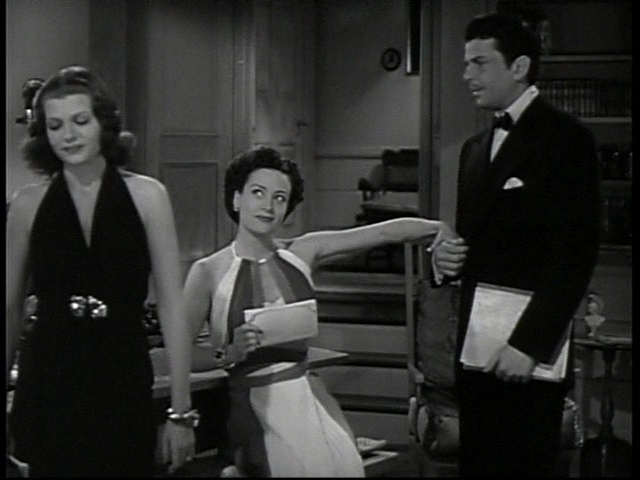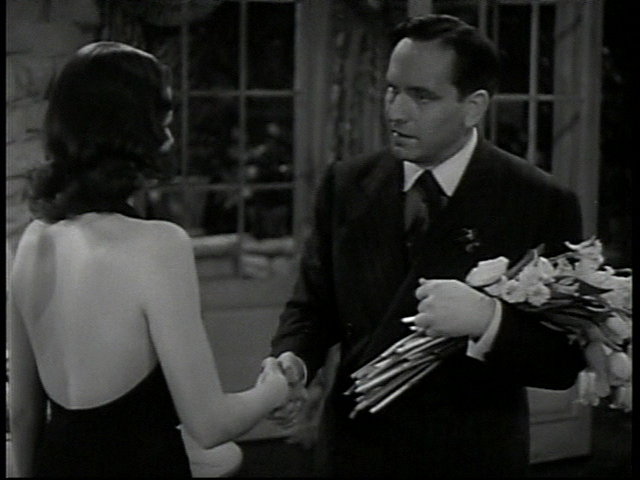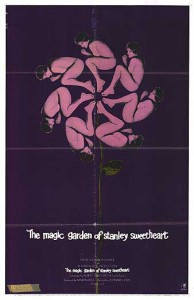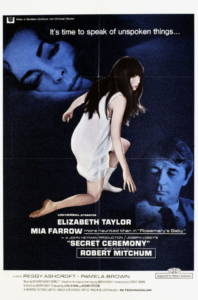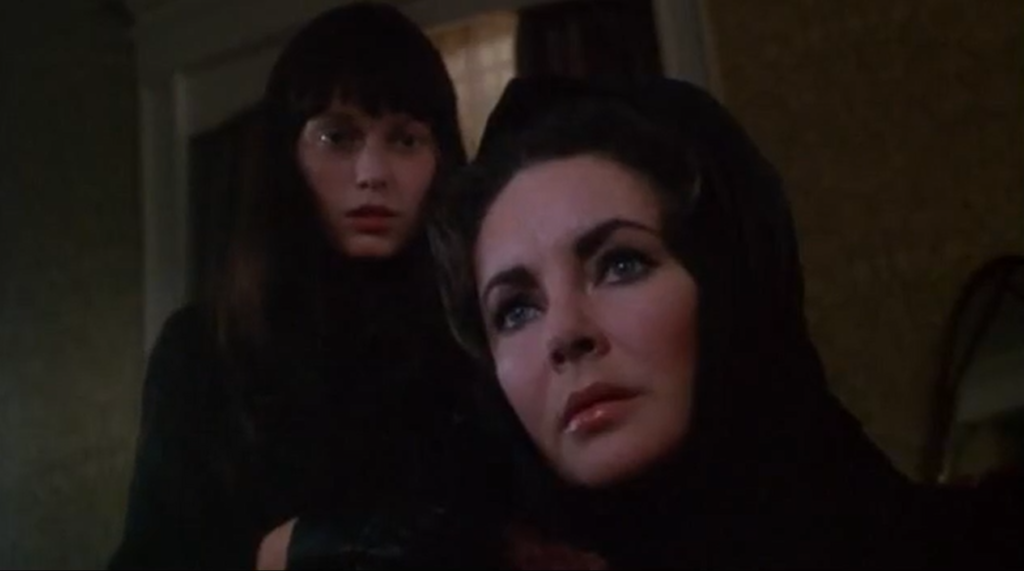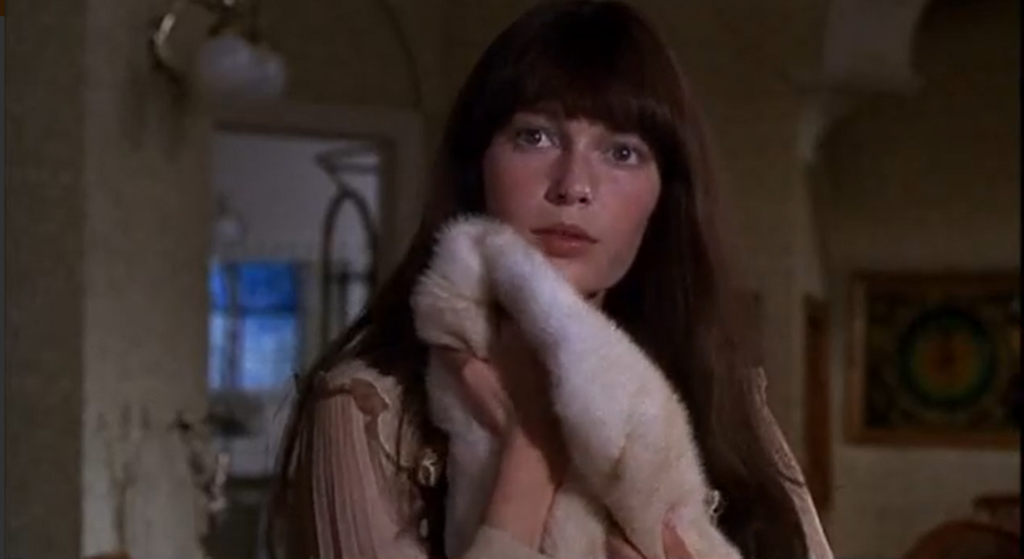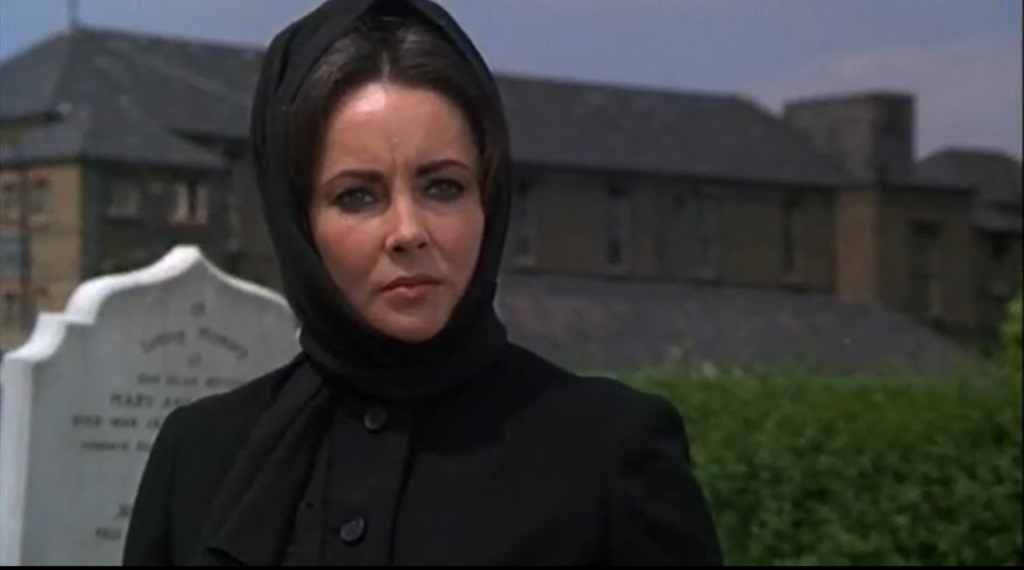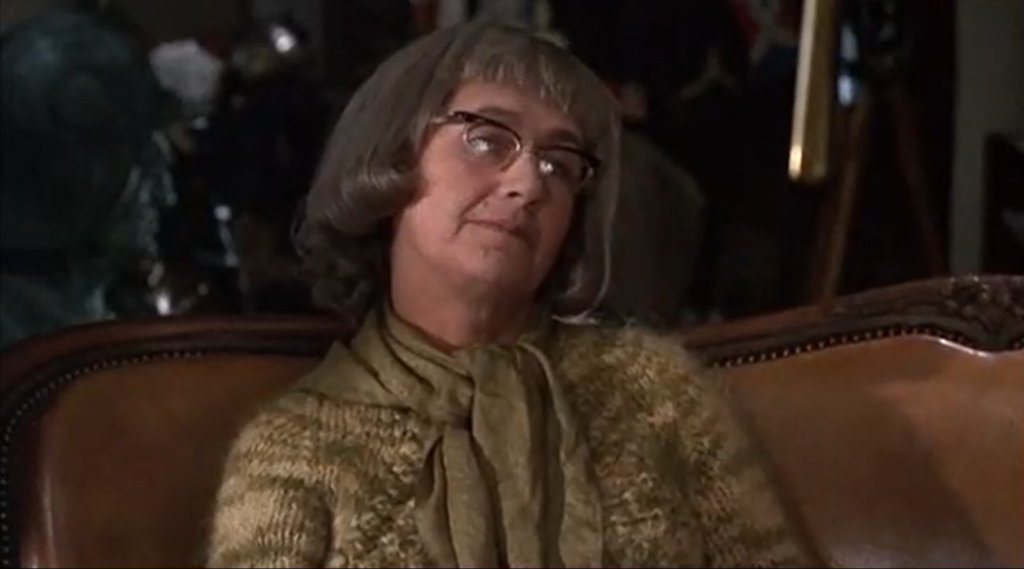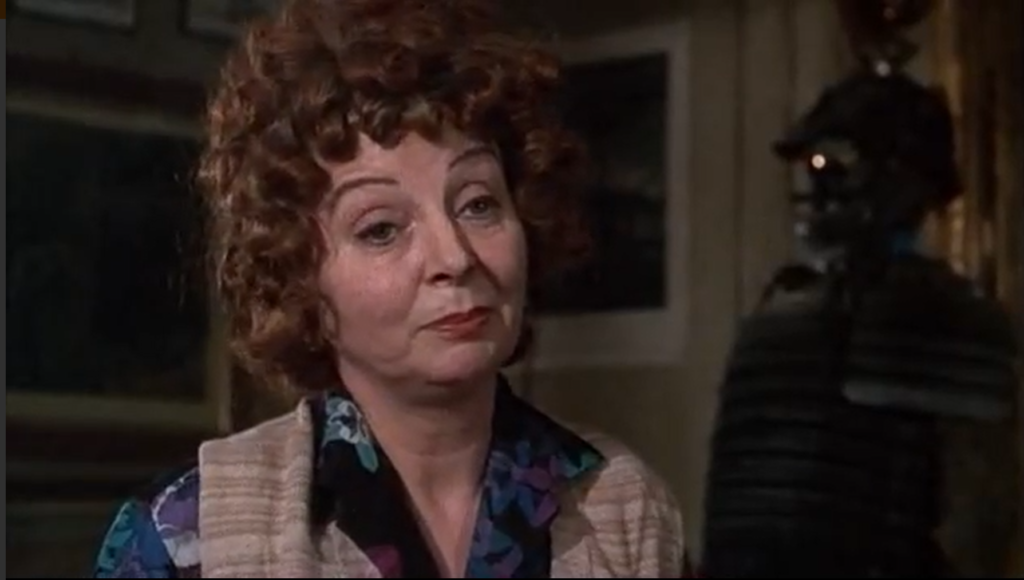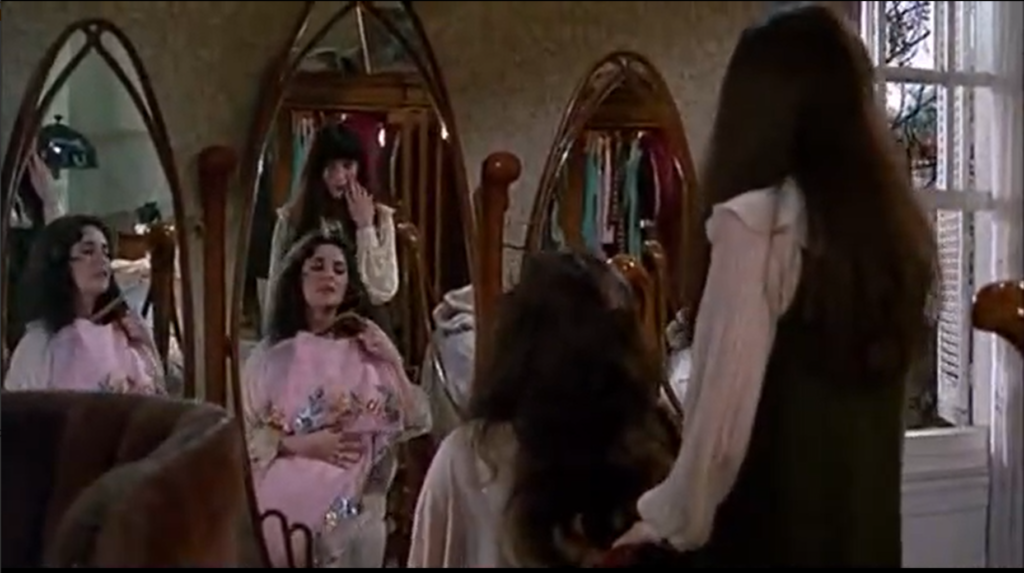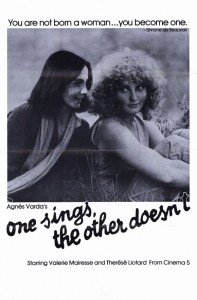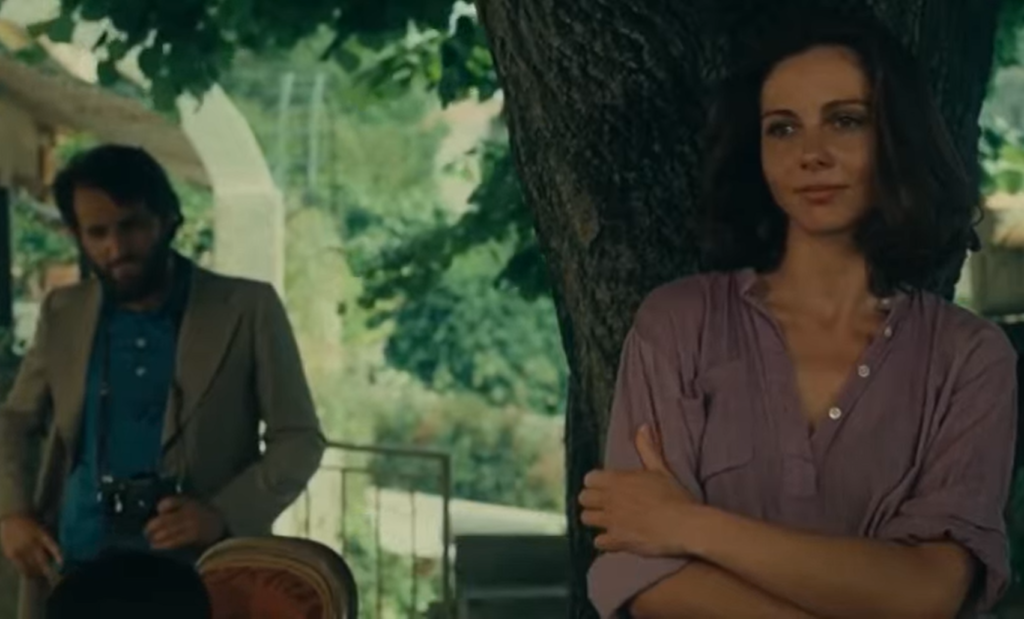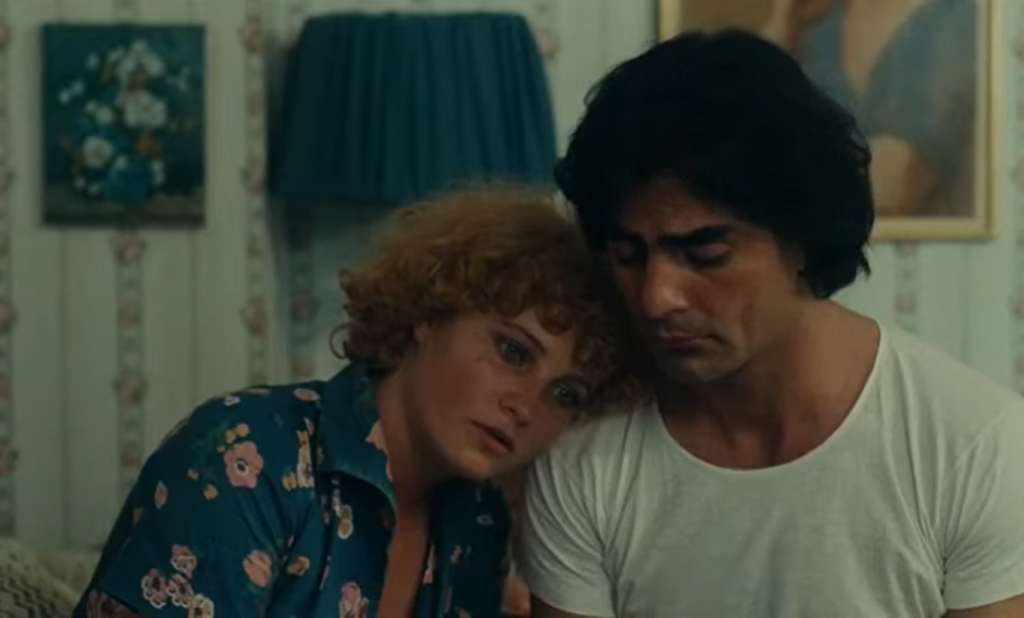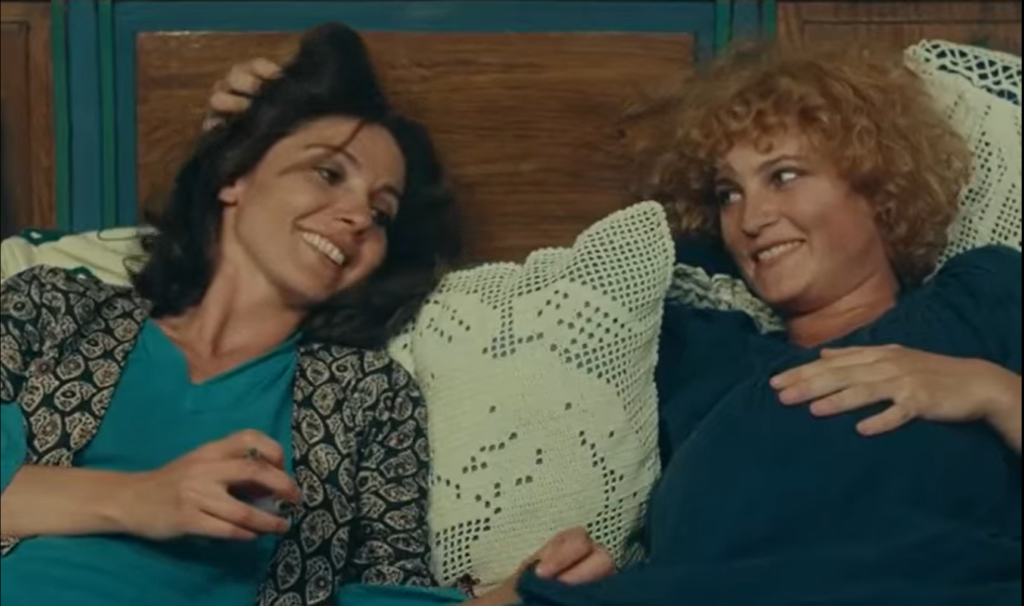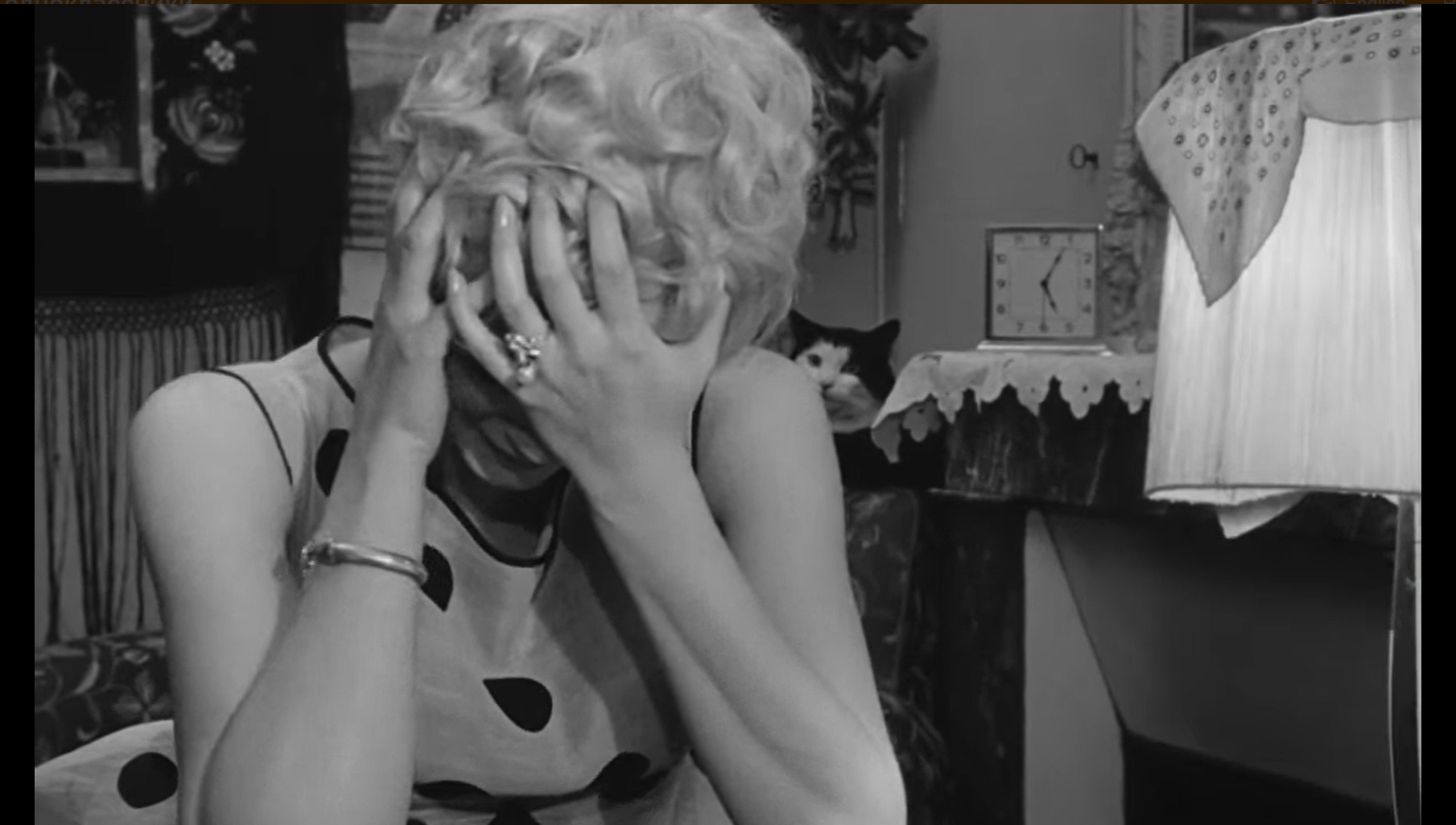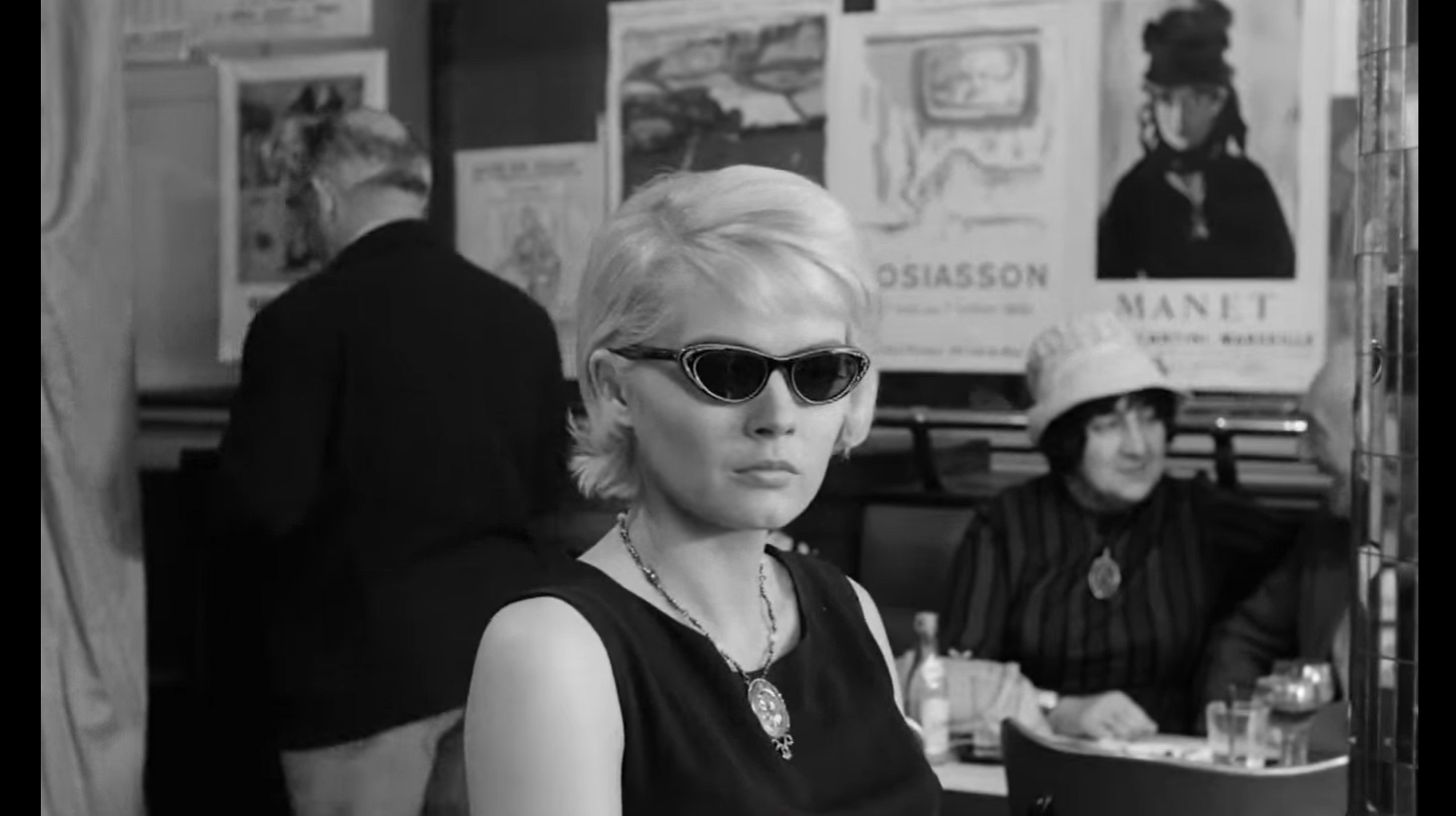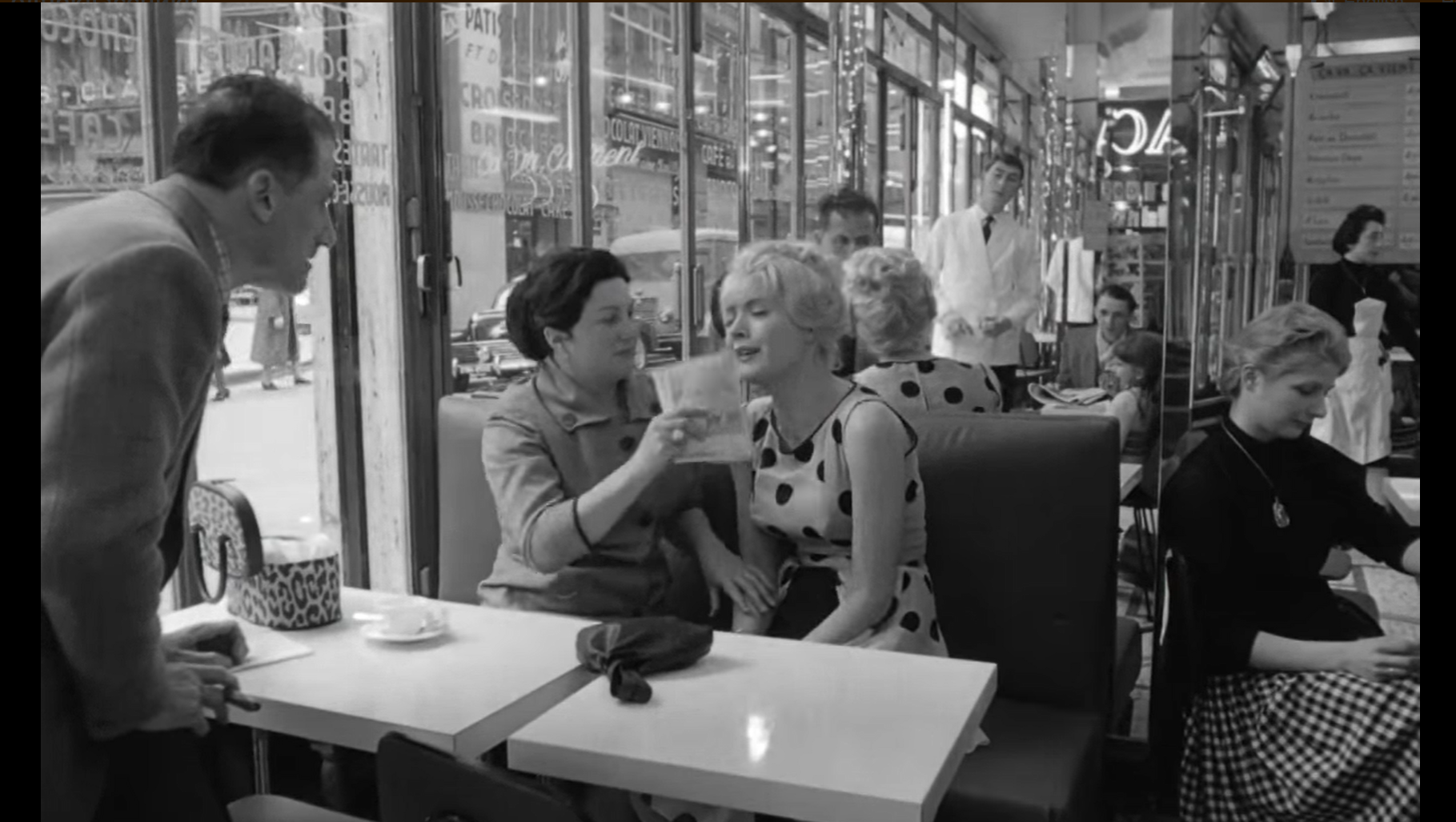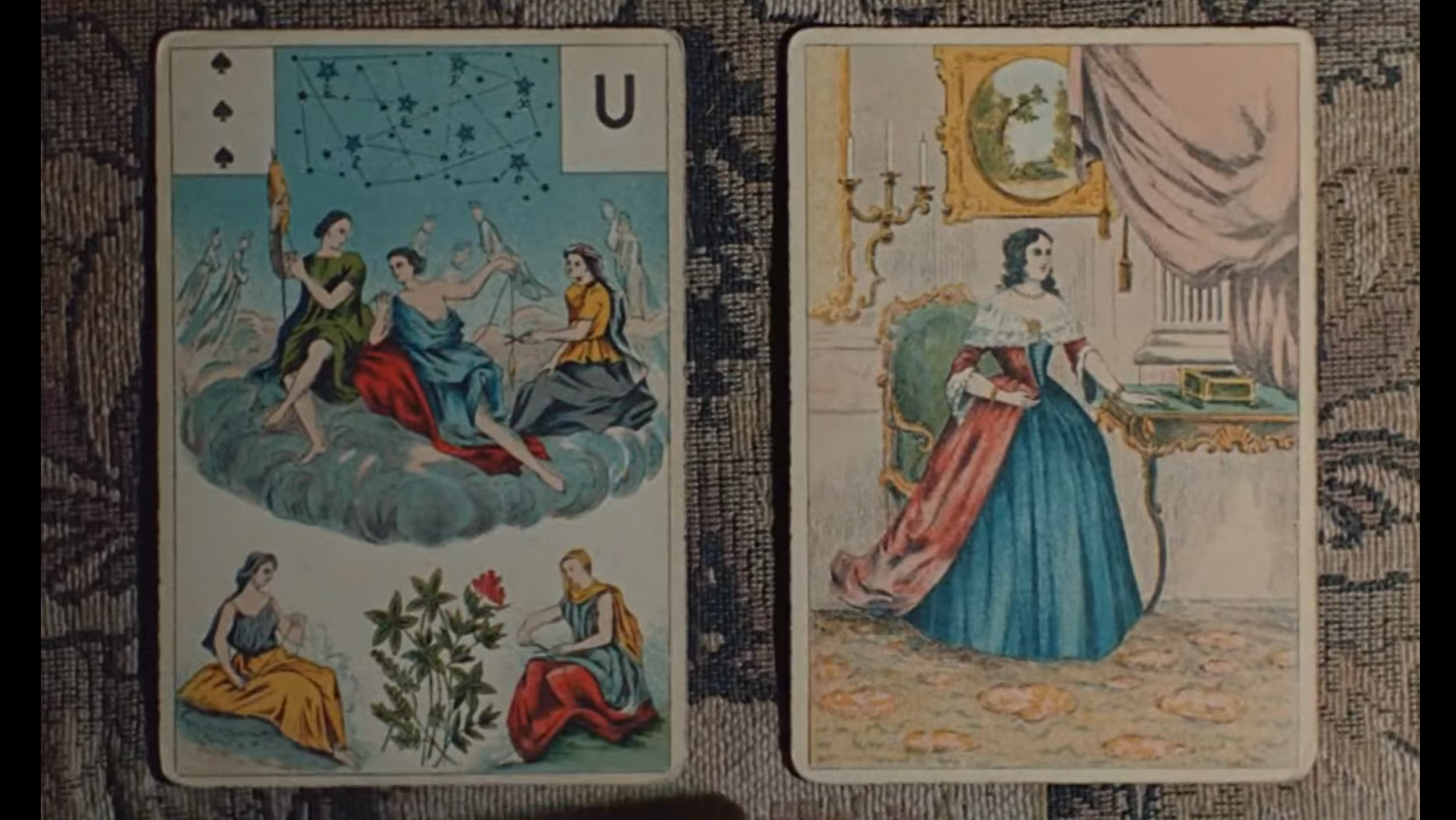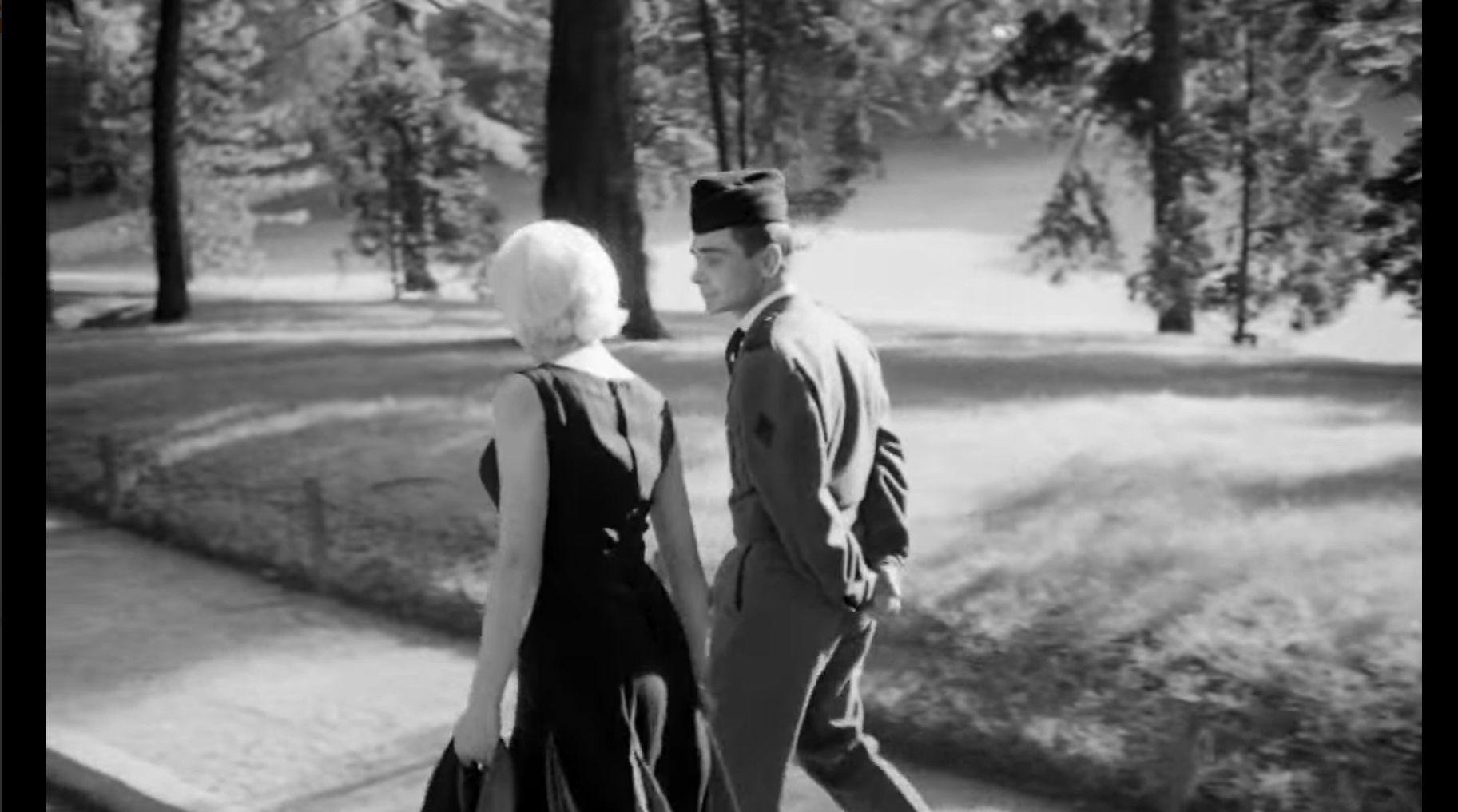Hush… Hush, Sweet Charlotte (1964)
[Note: The following review is of a non-Peary title; click here to read more.]
“Some folks seem to think they got a natural born right to get away with murder.”
Synopsis:
Nearly forty years after her married beau (Bruce Dern) is viciously murdered with an axe, Charlotte Hollis (Bette Davis) — the prime suspect in the case, though she’s never been convicted — lives a secluded life in a vast Southern mansion, with only her devoted maid (Agnes Moorehead) for company. When county officials insist that Charlotte must move out of her house to make way for a new bridge, she calls on her cousin Miriam (Olivia De Haviland) for help — but Miriam and a local doctor (Joseph Cotten) have other plans for Charlotte…
Genres, Themes, Actors, and Directors:
- Agnes Moorehead Films
- Bette Davis Films
- Bruce Dern Films
- Cecil Kellaway Films
- Deep South
- Falsely Accused
- George Kennedy Films
- Horror
- Joseph Cotten Films
- Mary Astor Films
- Murder Mystery
- Olivia de Havilland Films
- Robert Aldrich Films
Review:
After the unexpected success of What Ever Happened to Baby Jane? (1962), Robert Aldrich attempted to repeat his luck by casting the film’s aging leads (Bette Davis and Joan Crawford) in this similarly themed Southern Gothic tale. When Crawford bowed out of production due to [psychosomatic] illness, she was replaced by Olivia De Haviland — who, fortunately, was the perfect choice to play Miriam, an eminently genteel woman who may not be as sweet and guileless as her demeanor indicates. Indeed, “bland” De Haviland is the perfect cinematic foil for Davis, whose scenery-chewing turn as Charlotte is in many ways simply an incarnation of her earlier “Baby Jane” (yet still highly enjoyable to watch).
The supporting performances in Hush… Hush are all fine: Agnes Moorehead received an Oscar nomination for her over-the-top portrayal as a white trash housekeeper; Mary Astor is lovely in a tiny role (her last) as Charlotte’s cynical cousin; and Joseph Cotten is perfectly cast as a two-faced country doctor. Hush… Hush‘s primary fault lies in its script, which offers plenty of thrills and chills upon first viewing, but fails to sustain the same level of interest once the major plot twists have been revealed. With that said, it remains must-see viewing simply for Aldrich’s atmospheric direction, and for its historical importance as Baby Jane‘s infamous “sequel”; I’m surprised it’s missing from Peary’s book.
P.S. It’s utterly bizarre to see ’60s-generation Bruce Dern playing Davis’s beau in the film’s earliest scenes; talk about cognitive dissonance!
Redeeming Qualities and Moments:
- Bette Davis as Charlotte

- Olivia De Haviland as Charlotte’s refined cousin, Miriam
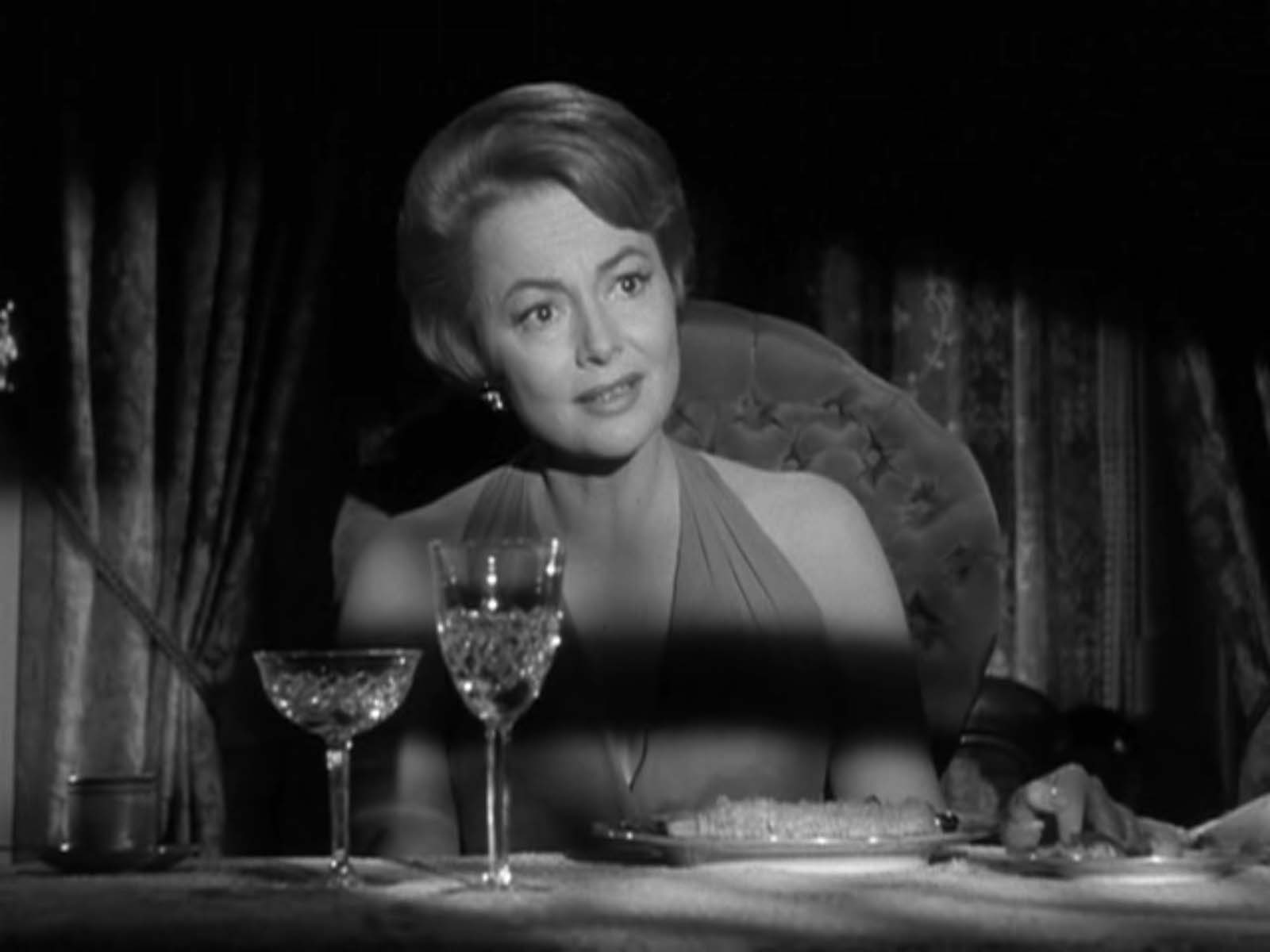
- Joseph Cotten as Dr. Drew

- Mary Astor as Jewel Mayhew
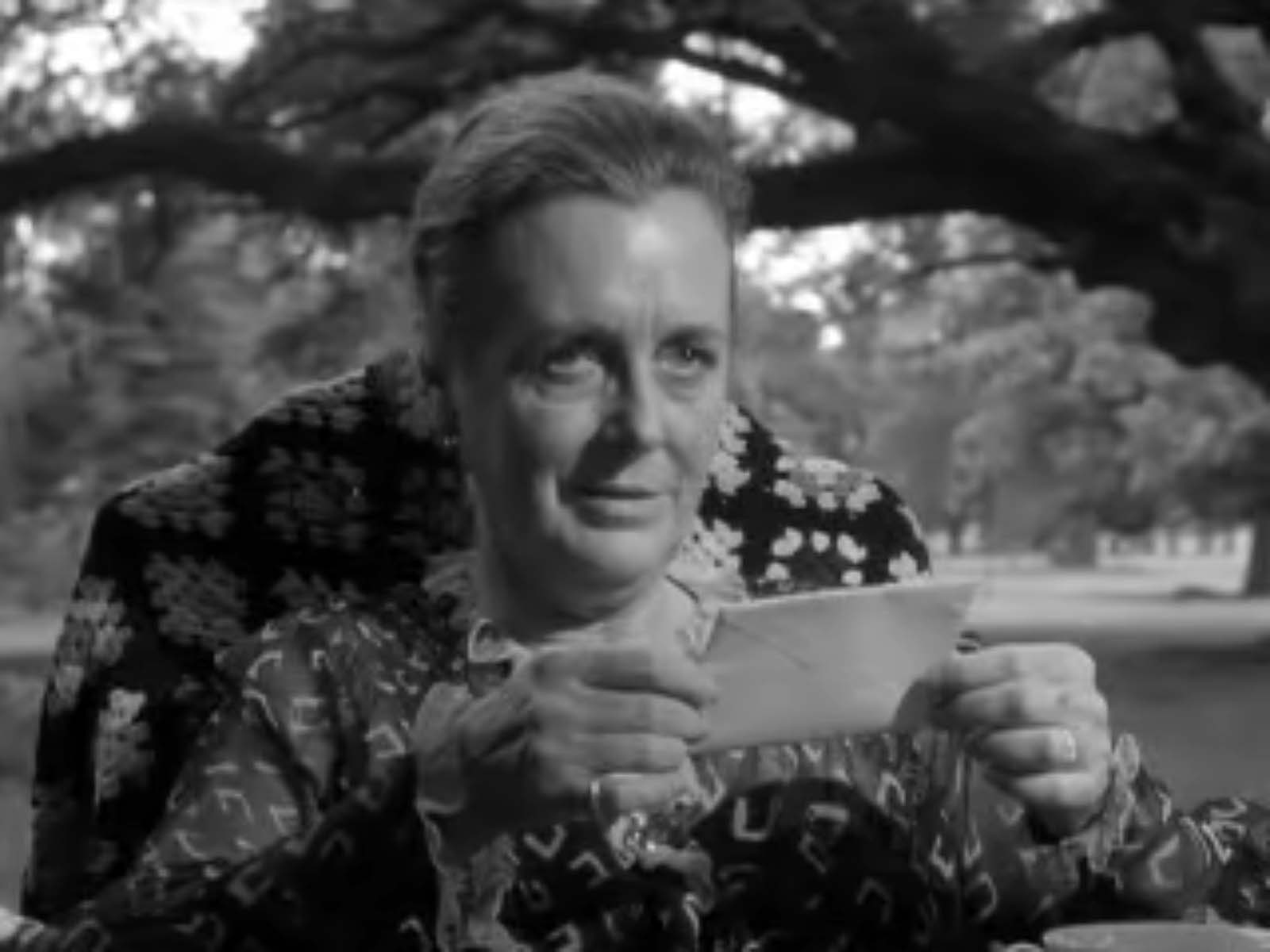
- Agnes Moorehead as Velma Cruther

- Joseph Biroc’s atmospheric cinematography
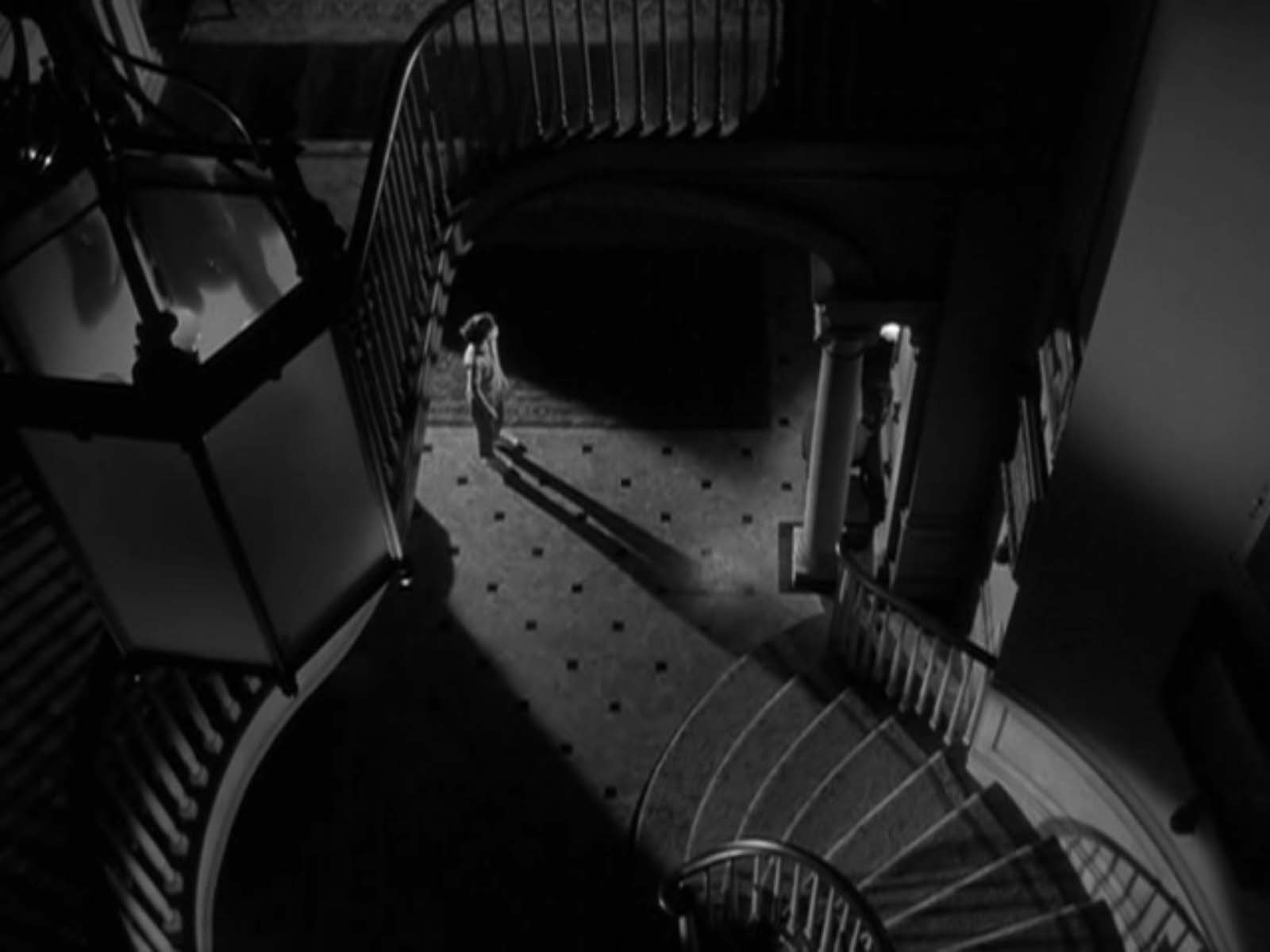
- Effective use of stylized angles and blocking

Must See?
Yes. While not a classic, this campy follow-up to What Ever Happened to Baby Jane? should be seen at least once by all film fanatics.
Categories
- Historically Relevant
- Important Director
- Oscar Winner or Nominee
Links:
